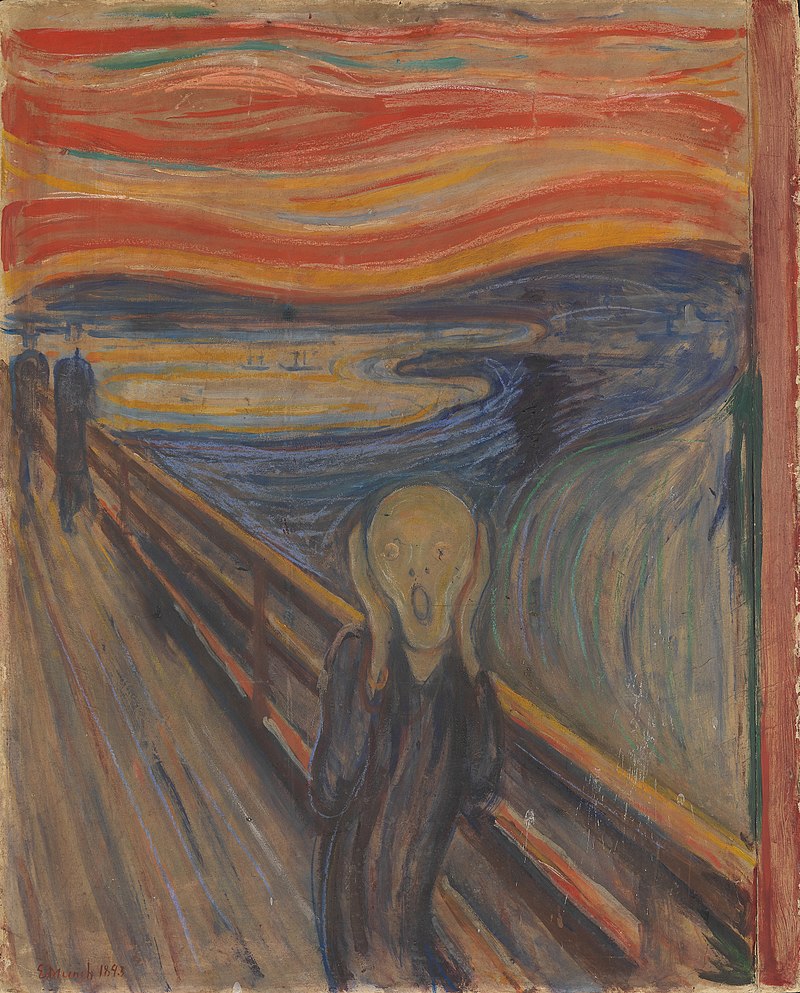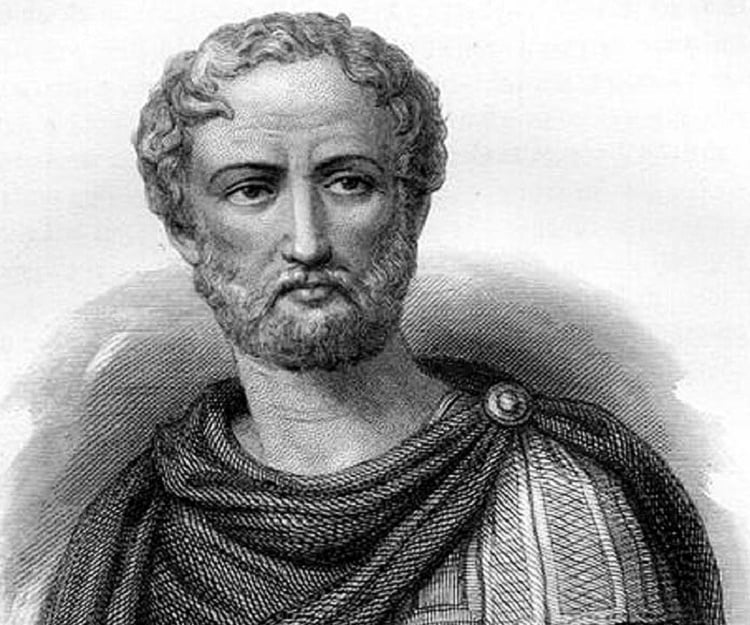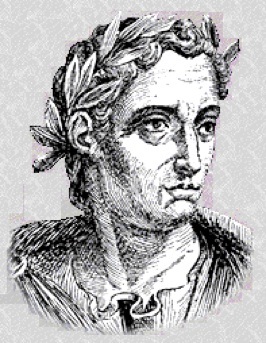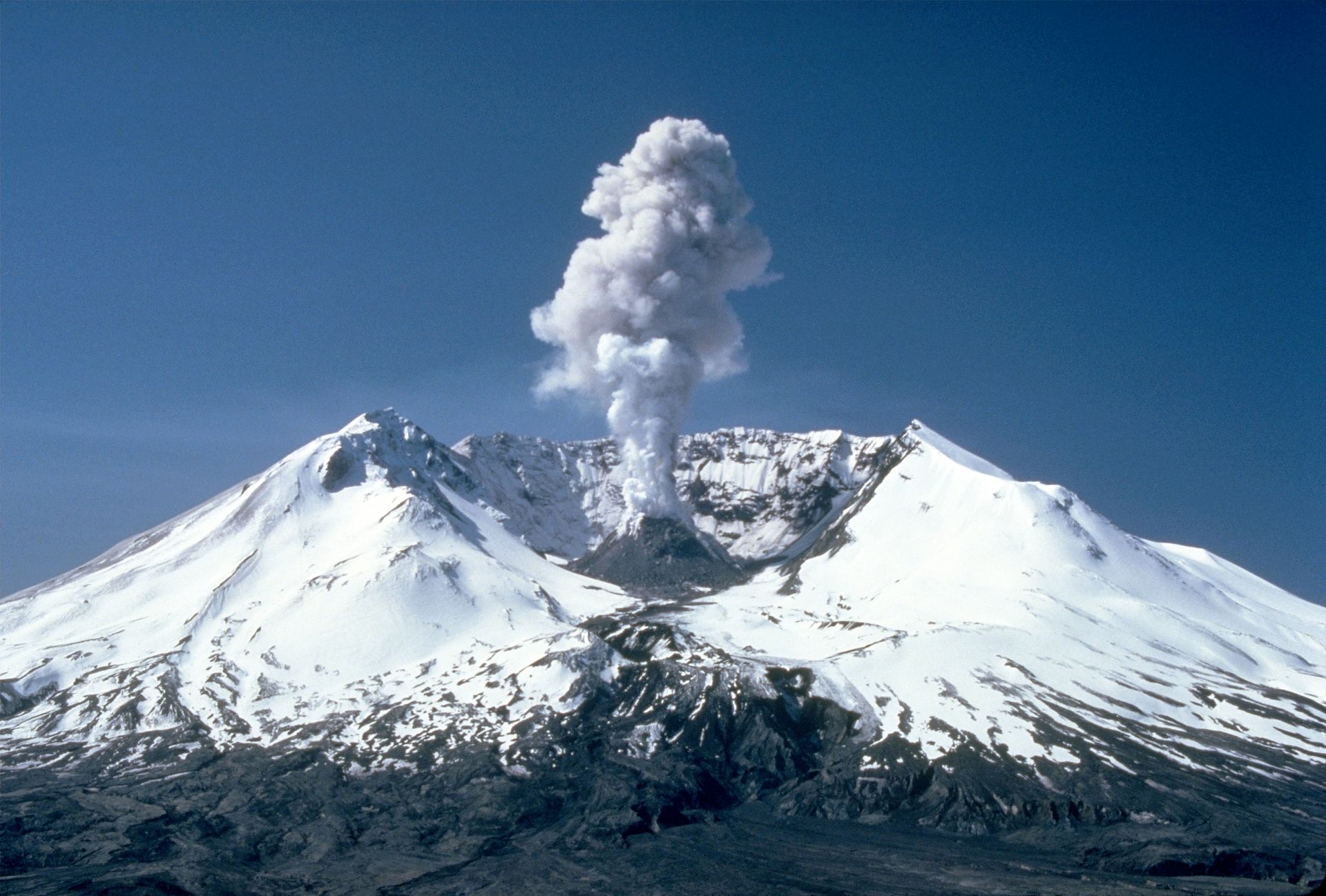On this day in 1997,
Diana, Princess of Wales died in a car crash in a tunnel in Paris. You will hear a lot today about this deeply saddening event. You will hear a lot about her,
her sons, and her impact on humanitarian efforts including those for victims of landmines, AIDS and leprosy. You will hear about her sense of style. You will hear about her fairytale wedding, and the dissolution of her marriage which eventually lead to her death in that Parisian tunnel. Remembrance of Diana's death will lead the news today, twenty-one years later.
But I'm not writing about Diana today, inspiring though she was. I want to focus instead on the recovery of
Edvard Munch's famous painting "
The Scream" by Norwegian Police, on this day in 2006. The painting was stolen, along with Munch's "
Madonna", at gunpoint from the Munch Museum in Oslo, Norway in 2004. This version of the "The Scream" -- there are four -- was painted in 1910. Previously in 1994, the 1893 tempera on cardboard version was also stolen and recovered.
The inspiration for "The Scream" (actually named "
Schrei der Natur" or "The Scream of Nature") was described by
Munch in a diary entry in 1892:
I was walking along the road with two friends – the sun was setting – suddenly the sky turned blood red – I paused, feeling exhausted, and leaned on the fence – there was blood and tongues of fire above the blue-black fjord and the city – my friends walked on, and I stood there trembling with anxiety – and I sensed an infinite scream passing through nature.
Later, he described the event again:
One evening I was walking along a path, the city was on one side and the fjord below. I felt tired and ill. I stopped and looked out over the fjord—the sun was setting, and the clouds turning blood red. I sensed a scream passing through nature; it seemed to me that I heard the scream. I painted this picture, painted the clouds as actual blood. The color shrieked. This became The Scream.
 |
Two Men breaking into the National Gallery
to steal The Scream, in 1994 |
Scholars have suggested other theories of inspiration which include memories of the volcanic eruption of
Krakatoa, the proximity to the lunatic asylum and slaughterhouse, and the figure some say was inspired by a Peruvian mummy that was touring at the time. But whatever the inspiration for the works, they certainly have gone on to inspire others to crime, as well as informing episodes of the immensely popular
Doctor Who and
The Simpsons, the
Scream horror movie franchises, emojis, t-shirts and poster. The Home Alone screaming Kevin McCallister is also said to be inspired by The Scream.










.png/1920px-Vesuvius_from_Pompeii_(hires_version_2_scaled).png)



